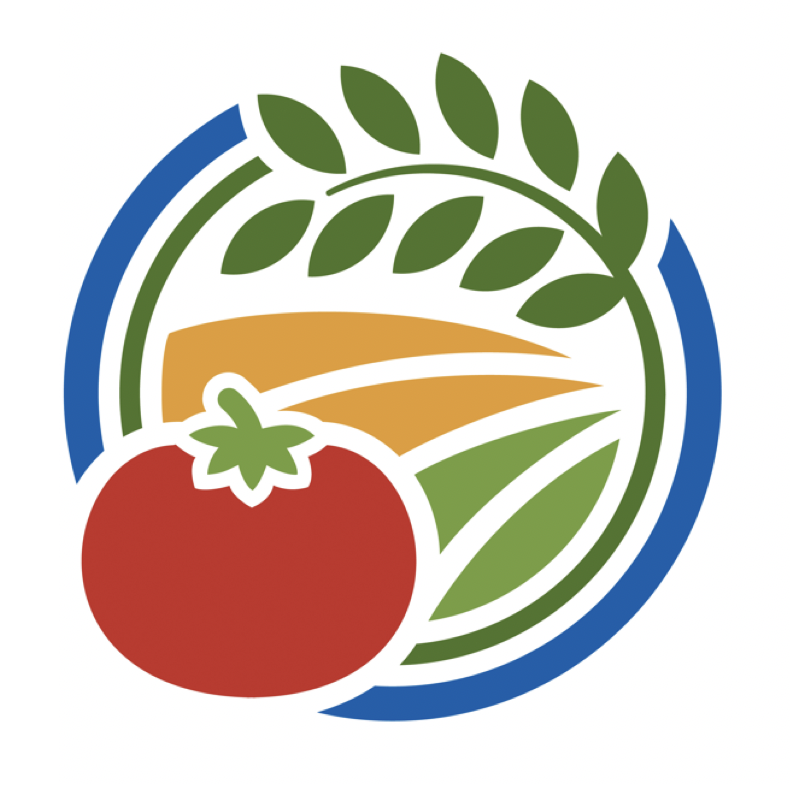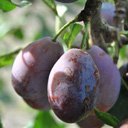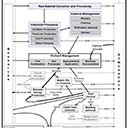What if the trees in an orchard could be considered a savings account for energy and carbon? When determining the value of an orchard, we may account for the fruit it bears, the air it cleans, and the labor it employs. But with California climate policies in place and carbon becoming a tradable commodity, we may be able to calculate and account for the long-term value of a tree itself.
This UC SAREP study aims to help growers and policy makers better understand the energy use, greenhouse gas emissions, and carbon sequestration potential of orchard systems throughout California. Using a life cycle assessment (LCA) approach to assess energy use and greenhouse gas emissions in orchard crop production, results from this study serve to illustrate the tradeoffs of different practices at several stages in orchard crop production - including orchard establishment, management, and end-of-life removal. See our publications and engagement activities, or use the links below to explore the LCA model and project findings (these pages are currently in development).
See a project summary and overview of findings here. Click below for more detailed information.
This project's work on almond was funded by the Almond Board of California and the California Department of Food and Agriculture (CDFA); walnut, peach, and prune were funded by CDFA; and pistachio was funded by the California Pistachio Research Board.


